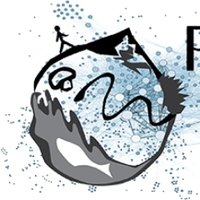When higher carrying capacities lead to faster propagation
This article has been Reviewed by the following groups
Discuss this preprint
Start a discussion What are Sciety discussions?Listed in
- Evaluated articles (Peer Community in Ecology)
Abstract
Finding general patterns in the expansion of natural populations is a major challenge in ecology and invasion biology. Classical spatio-temporal models predict that the carrying capacity ( K ) of the environment should have no influence on the speed ( v ) of an expanding population. We tested the generality of this statement with reaction-diffusion equations, stochastic individual-based models, and microcosms experiments with Trichogramma chilonis wasps. We investigated the dependence between K and v under different assumptions: null model (Fisher-KPP-like assumptions), strong Allee effects, and positive density-dependent dispersal. These approaches led to similar and complementary results. Strong Allee effects, positive density-dependent dispersal and demographic stochasticity in small populations lead to a positive dependence between K and v . A positive correlation between carrying capacity and propagation speed might be more frequent than previously expected, and be the rule when individuals at the edge of a population range are not able to fully drive the expansion.


